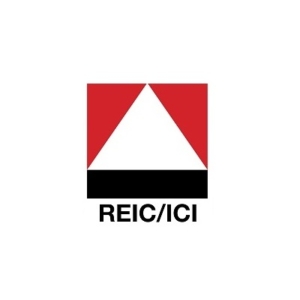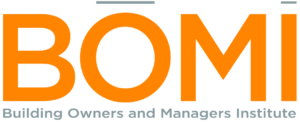Link to: Contact
Any more questions? Feel free to contact us!
We look forward to working with you soon.
© Copyright 2024 Technical Advisory Services – Designed by Refresh
A Reserve Fund Study is a long term funding plan that assesses all common area components as defined by the corporation’s by-laws and condominium plan to ensure there are sufficient funds available to make major repairs and/or replace those components at the end of their life expectancy. Properly prepared it can be utilized by the Condominium Board for budgeting for those long term expenditures and building components that do not occur every year. The specific requirements for the study are described in the Condominium Act and Regulations.
A Reserve Fund Study can include but is not limited to the following:
A Reserve Fund Study is required by all condominiums with over 12 residential units.
A reserve fund study shall be conducted by a qualified person:
For additional clarification please refer to the Condominium Property Act 1993, see section 58.1
A qualified person is an individual who holds liability insurance in a minimum amount of $1,000,000 and, based on reasonable and objective criteria, is knowledgeable with respect to:
See: The Condominium Property Regulations, 2001, 51.1 (d) for additional details and clarification
The reserve fund studies are written in a clear, concise, non-technical, reader friendly style enabling the reader to understand the building, its construction, and the importance and operation of the common area components.
The report consists of three parts:
Executive Summary identifying the findings of the report along with the recommendations
Physical Description and analysis consisting of:
Financial Analysis consisting of:
Condominium Property Act 1993.
A completed copy of the tas Quote Checklist found below.
After the Condominium Board has reviewed the draft reserve fund study, we will meet with the Board to:
Upon completion of the report, two bound printed colour copies of the report and an electronic PDF copy on a memory stick will be provided.
CCI-Canadian Condominium Institute
The Canadian Condominium Institute is the voice of the condominium in Canada. It is a national, independent, non-profit organization dealing exclusively with condominium issues. It represents all participants in the condominium community working through chapters throughout the country. It coordinates concerns for condominiums corporations by being a national voice, provides education, publications, workshops, conferences and technical support.
Brunsdon Lawrek
 Brunsdon Lawrek & Associates and its predecessors have been providing real estate appraisal, consulting and counseling services to its clients since the early 1950s. The prime objective is to provide quality service, on time, and at a cost consistent with the complexity of the assignment and the type of project. Their specialties include Residential Appraisals, Commercial Appraisals, Property Tax Consulting, Reserve Fund Studies, and Litigation Support.
Brunsdon Lawrek & Associates and its predecessors have been providing real estate appraisal, consulting and counseling services to its clients since the early 1950s. The prime objective is to provide quality service, on time, and at a cost consistent with the complexity of the assignment and the type of project. Their specialties include Residential Appraisals, Commercial Appraisals, Property Tax Consulting, Reserve Fund Studies, and Litigation Support.
 The Real Estate Institute of Canada (REIC) is the only national provider of advanced education and designation in the real estate industry sectors. It has been educating and certifying specialists since 1955. Members are highly trained industrial professionals bound by the Institutes Bylaws and Code of Professional Standards. A member must meet rigorous admissions, education and practical experience requirements and maintain membership with REIC.
The Real Estate Institute of Canada (REIC) is the only national provider of advanced education and designation in the real estate industry sectors. It has been educating and certifying specialists since 1955. Members are highly trained industrial professionals bound by the Institutes Bylaws and Code of Professional Standards. A member must meet rigorous admissions, education and practical experience requirements and maintain membership with REIC.
CRP – Certified Reserve Planner
The designation is the preeminent designation signifying professionalism with expertise to complete reserve fund studies and depreciation reports for condominiums, institutions, corporations and government entities. The designation is recognized across Canada.
 Founded in 1974 the Building Owners and Managers Institute (BOMI) is the leader in providing education, providing consistent, high quality education and skill enhancing and learning opportunities for professionals in commercial property and facility management/operations in Canada.
Founded in 1974 the Building Owners and Managers Institute (BOMI) is the leader in providing education, providing consistent, high quality education and skill enhancing and learning opportunities for professionals in commercial property and facility management/operations in Canada.
Facilities Management Administrator (FMA)
The designation develops skills in strategic planning, corporate finance, project management, corporate finance, capital investment and physical asset management. It enables the facilities administrator to create a quality work environment that maximized productivity and knowledge in the industry.